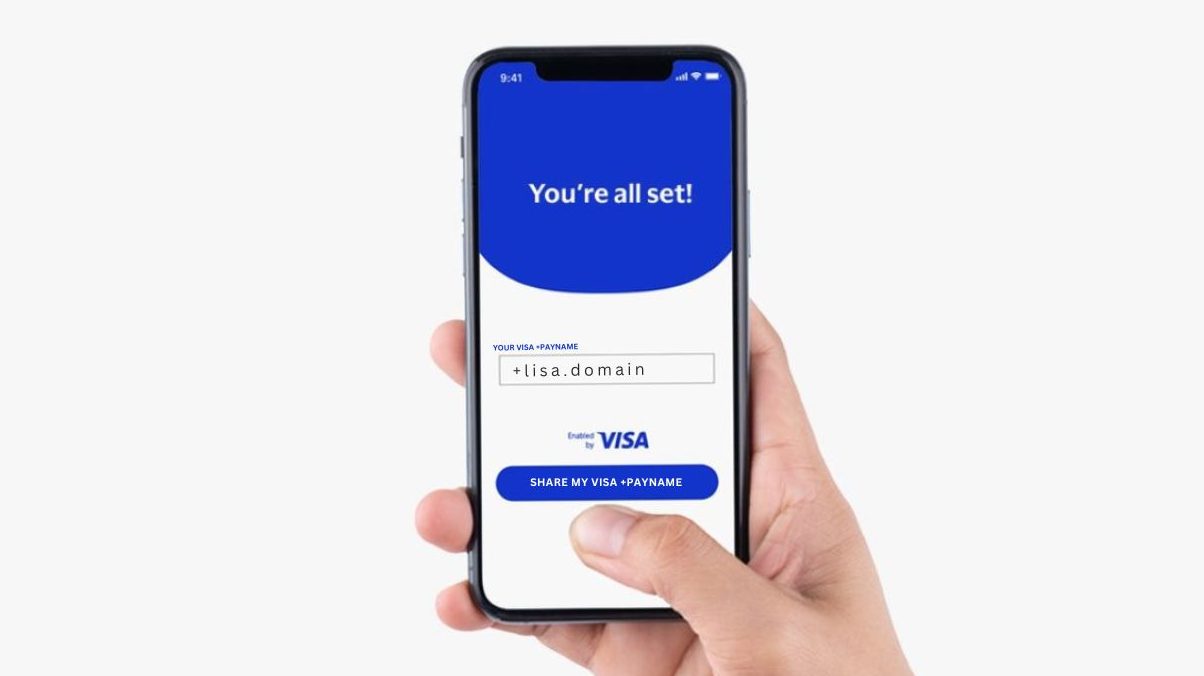PayPal announced today that the company is launching a tap-to-pay feature for merchants with an Android phone through the Venmo and Zettle apps in the U.S. As a reminder, PayPal owns both Venmo and Zettle.
Last November, the company launched similar functionality for businesses to accept payments by tapping cards or digital wallets in the U.K.
PayPal is already rolling out support for tap to pay on Android with the Zettle app — the company’s mobile point of sale management app. However, Venmo for business profile users will have a staggered rollout across the coming months with select businesses already using the feature. The company said that merchants can request early access to this feature.
This feature enables sellers to accept payments from cards or digital wallets like Apple Pay or Google Pay without any additional hardware. PayPal charges 2.29% + 9¢ for every sale through the tap-to-pay method across Zettle and Venmo.
“Tap to Pay is the last milestone in the democratization of in-person card payments, where users can start taking card payments with no setup cost in a matter of minutes,” Ed Hallett, Head of Product, Microbusiness, PayPal said in a statement.
“We’re unlocking access to this capability for the millions of businesses using Venmo and PayPal Zettle, helping them drive sales with frictionless payment options.”
Additionally, the company is rolling out support for tap-to-pay on iPhone for Venmo for Business and Zettle customers in the U.S. after announcing the feature last November.
While iOS is the more popular mobile operating system in the U.S., Android is not far behind in terms of user base. Hallett told TechCrunch over a call that the company wants to leverage Venmo’s 90 million userbase — the number of end-users and not businesses — in the U.S. and allow them to accept payments without the hassle of going through any complex setup.
Venmo currently leverages Zettle’s tech for tap-to-pay on Android. The company didn’t explicitly say that they are looking to merge both products, but said they see a lot of “synergies” between Venmo for Business and Zettle.
PayPal’s expansion of tap-to-pay products comes months after rival Stripe announced a product enabling an equivalent feature on Android phones in six countries — the U.S., Canada, the U.K., New Zealand, Australia, and Singapore. Comparatively, Stripe charges $0.10 per transaction for using its own payment gateway for tap to pay transactions.
In February, PayPal CEO Dan Shulman said he was leaving the company. Later in March, CFO Blake Jorgensen also stepped down after being on leave since September 2022 for health reasons. Currently, the fintech giant’s stock has been the lowest in the last five years.
PayPal launches support for tap to pay on Android for merchants using Venmo and Zettle in the U.S. by Ivan Mehta originally published on TechCrunch


